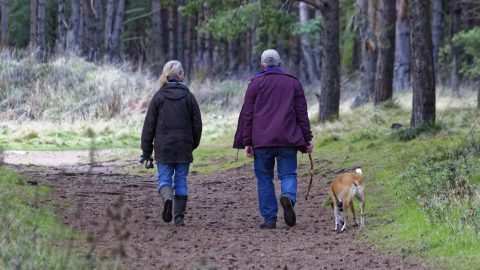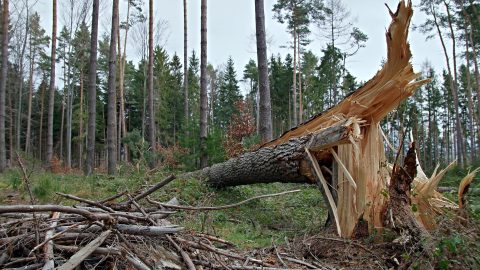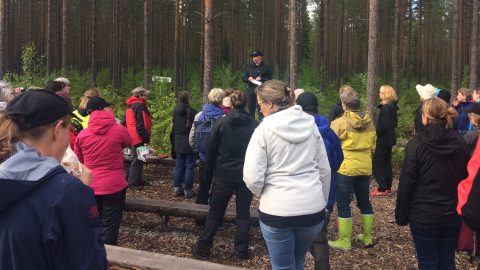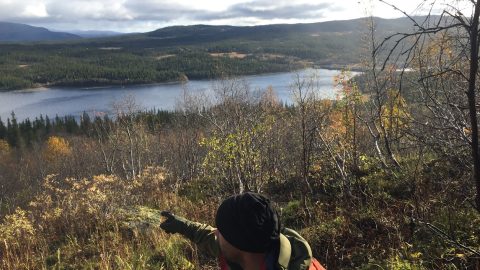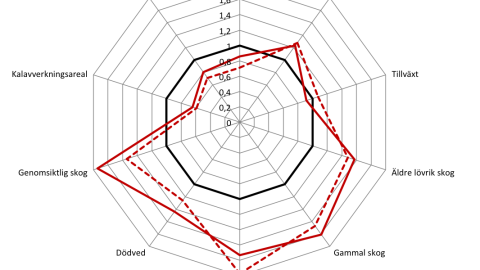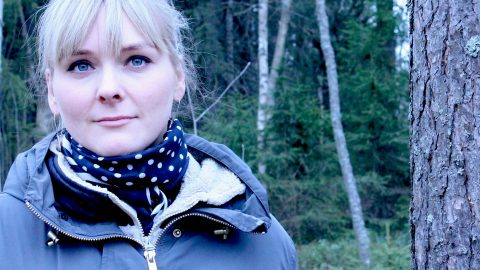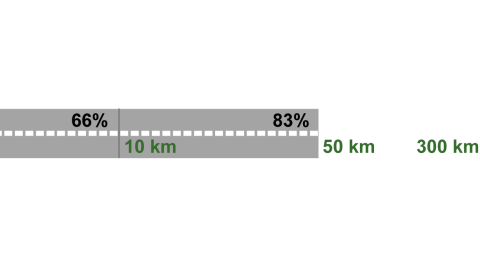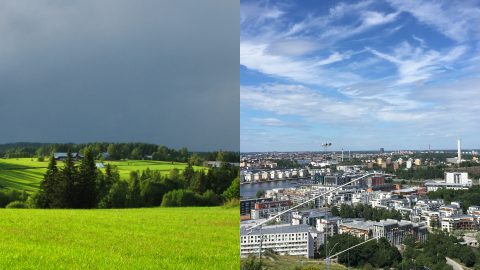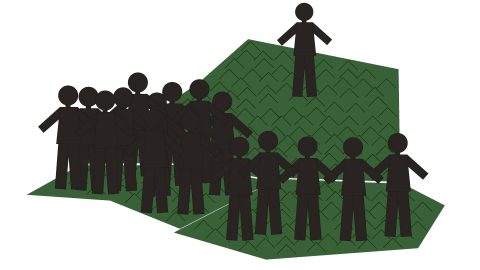Forest management is crucial for adapting the forest to future climate change in Sweden. By increasing the proportion of deciduous and mixed forests, as well as increasing the diversity with regard to, for example, felling age and thinning models, the…

Tag: forest owner
Participation decisive for differences in forest management
Private forest owners play an important role in how forests are managed and with almost 40 percent women among the owners, gender patterns can have an impact on forest management as well as in forest management. Studies show that forest-owning…
Opposition reveals new ways to adapt forestry to climate change
Climate change carries with it new risks and challenges, for both forestry and the individual forest owner. Previous studies have shown, however, that there are difficulties within forestry in adapting forest management to new conditions. This study discusses how some…
Women’s networks within forestry create room for change
The Swedish forestry industry depends heavily on private forest owners and their resources. Within a historical perspective men performed the heavy manual labor of logging, and remained in charge of the operations when the industry later became more industrialized and…
Ecological values increasingly important, but production prevails
Between 1990 and 2010 the group of forest owners changed in many ways, increasingly coming to resemble the general population. However, this change is not noticeable in how forests are managed. The period between 1990 and 2010 saw an increase…
How forest is managed cannot be thrown into one big pot
Taking into consideration how forest owners actually intend to manage their forests, felling volumes will be 14% lower in the future while ecological values will benefit. Forest owners manage their forests in different ways. Management strategies can vary from nature…
Forest owners and the public agree on the forest’s economic value
While the general public rates the forest’s ecological and social values the highest, the public and forest owners nonetheless highly agree on the significance of the forest’s economic value. All forms of land use generate tensions between economic development and…
Who are forest owners and where do they live?
The typical forest owner lives in the same municipality where his/her forest property is located, has no more moves planned, and is a bit older than the general population. The new forest owner tends to be a younger woman, with…
The new forest owner isn’t new, but needs new services
Although the forest owner has changed in many ways, the forest property has often been in the family for many years. On the other hand, the new forest owners – who largely live in urban areas – may need different…
More forest owners and smaller forest properties
While the number of forest owners is increasing, at the same time a decrease in the size of forest properties can be noted. This has the potential to negatively affect the access to timber. Joint ownership of forest properties is…


